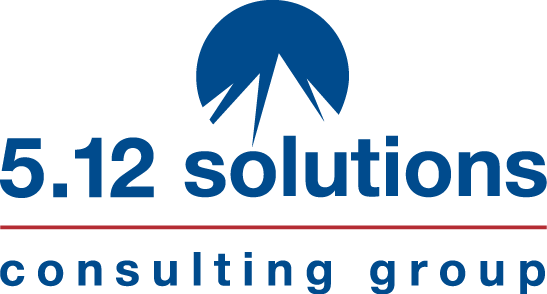All first-time parents have experienced the conversation where well-intentioned acquaintances tell us – “everything is going to change.” Frankly, that “advice” isn’t helpful. It sure didn’t help me understand how things would be different as a father and as a parent. As a result, I wasn’t able to take any actionable steps based on those generic words of wisdom.
The same can be said of the transition into senior leadership in many organizations. You know it’s going to be different. You know you’ll have more responsibilities. But, that’s not very helpful preparation for the role.
In my latest book, international best-seller Unite! The 4 Mindset Shifts for Senior Leaders, we go beyond small talk to provide a tried and true path for seasoned managers to successfully make the transition into senior leadership.
The first step in the journey is to take a look at how senior leadership is different.
ANTICIPATE INCREASED COMPLEXITY IN YOUR SENIOR LEADERSHIP POSITION
The most basic difference is simply the complexity of a senior leadership role.
- For the first time, many senior leaders are often asked to work on multiple teams. For example, they might lead the HR function within the organization and also be on the CEO’s leadership team. The challenge is that leaders are expected to be fully engaged members of the leadership team, but they are usually rewarded based on the success of the function that they lead. Instead of being collaborative with their other highly successful peers, the relationships are often competitive.
- The scope of the role is usually significantly different. A senior leader may run multiple teams, have to deal with global and cross-cultural issues, and be responsible for a more diverse workforce. But the real challenge behind all of those surface issues is that the senior leader will often find herself responsible for areas in which she may not have technical expertise. For example, the senior leader might have been incredibly successful leading a sales team, and now finds herself responsible for both sales and service.
- Finally, there is a much broader spectrum of constituents that senior leaders have to engage with. It’s not just the team that they lead anymore. It’s the executive leaders to whom they are accountable. It’s all the managers underneath who are looking for direction and feedback. And, most often overlooked, the network of peers who become critically important to a senior leader’s success.
Foresee the Consequences of Leadership Responsibility
The second major way in which senior leadership is different, is what I call consequence.
- All of a sudden, all eyes are on the senior leader. People watch everything a senior leader does and does not do. The impact of what he or she says – what is criticized and rewarded – has a significant consequence that senior leaders often underestimate. I was talking to a senior leader recently, and he was curiously reviewing the user interface that a designer was creating. He simply asked a question about the rationale for one of the design changes. A week later, the entire interface was redesigned based on the assumptions that the designer made about the senior leader’s question. The positional power and impact that senior leaders have is powerful…and often underestimated.
- Additionally, there is greater consequence to the responsibilities owned by a senior leader. In the past, the senior leader might have had a voice to chime in on key decisions. Now, he or she may have full responsibility for those decisions. To make that even more complicated – those decisions often have to be made in the face of ambiguity and imperfect information. And, the decisions have a much broader impact on a larger part of the organization. More lives, jobs, and people depend on the senior leader’s plans, decisions, and ability to execute. That’s a lot of pressure.
Consideration for the Future of your Company and Industry
The third major difference is what I call consideration – specifically, consideration for the future. We expect our senior leaders to think longer-term and to take a broader perspective. But, as they do that, their distance to the front line of the business has grown. They are typically further from the manufacturing line or from the people who touch their customers the most. Consequently, senior leaders must keep tabs on the present, with an eye on the future.

Read Unite! The 4 Mindset Shifts for Senior Leaders
Now that you have the foundation for how senior leadership is different, the next step is to begin preparing for future roles or adopting additional tools to be a more effective senior leader. My goal with Unite! was to have readers come away understanding the beliefs and assumptions about themselves and others that drive current behaviors, and where those current beliefs are outdated, overused, and limiting success. After all, isn’t that the kind of advice we could all use?

Sal Silvester is a top expert of leadership transformations across organizations and throughout careers. As an Executive Coach and author, Sal draws on his years of experience as a veteran Army officer, Accenture executive, and founder of 5.12 Solutions and Coachmetrix to affect positive leadership behavior change that extends beyond the conference table to the kitchen table. He is a leadership thinker and blogger, and author of Ignite! The 4 Essential Rules for Emerging Leaders that reached #1 on Amazon’s Movers & Shakers list, followed by international best-seller Unite! The 4 Mindset Shifts for Senior Leaders, and a forthcoming collaboration with Marshall Goldsmith entitled Stakeholder Centered Coaching. Sal is an avid rock climber and mountain biker, and has competed in six marathons and is an Ironman Triathlon finisher. He’s active with Rocky Mountain Rescue, a nationally recognized search and rescue team based in Boulder, Colorado where he lives with his wife and two sons.
